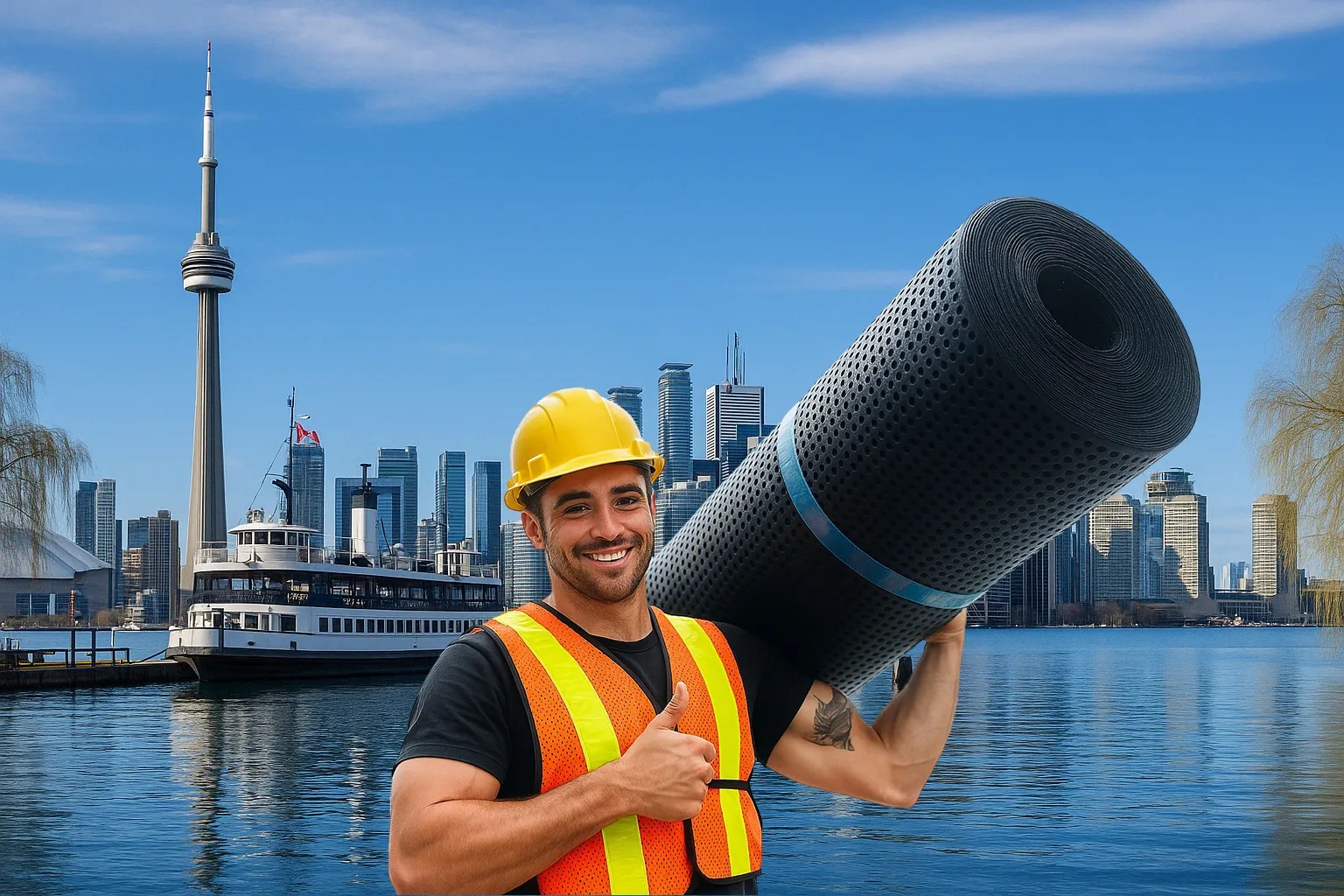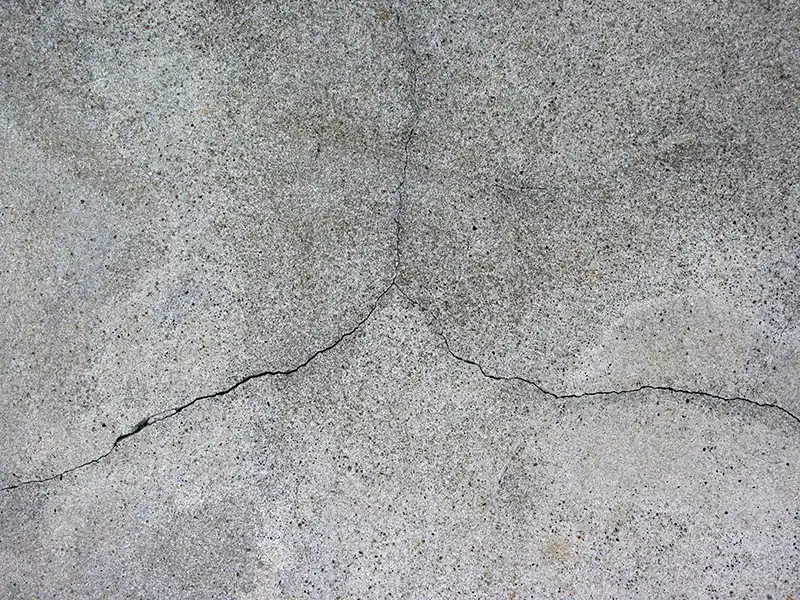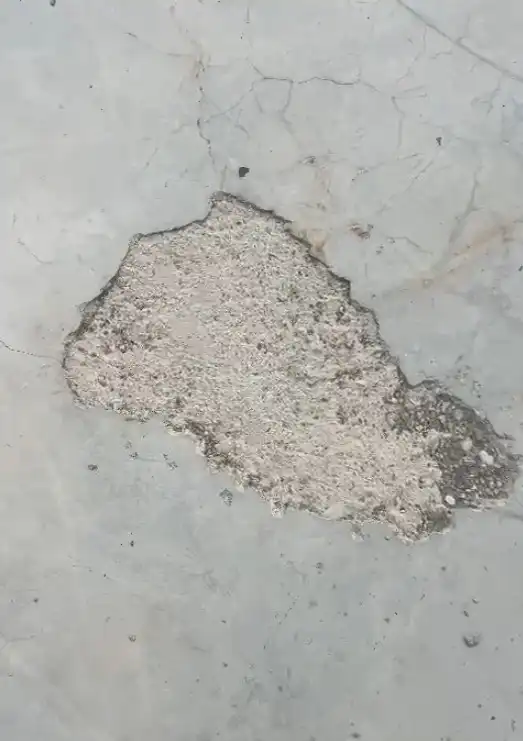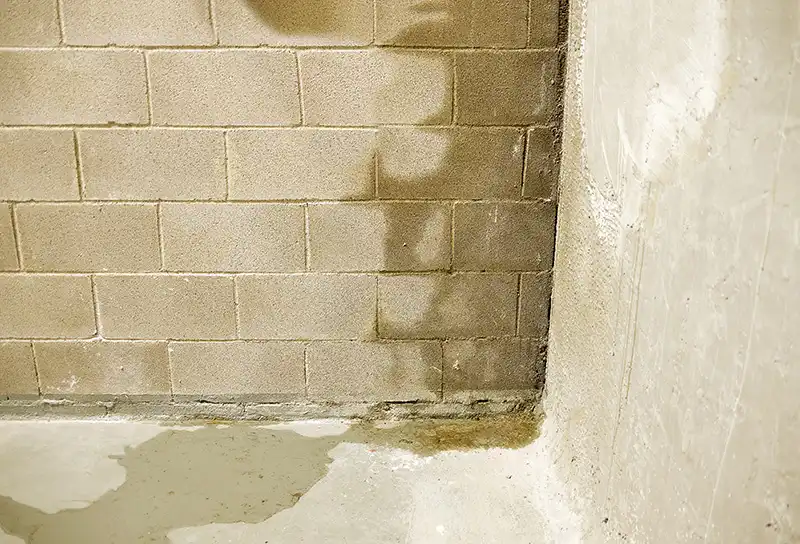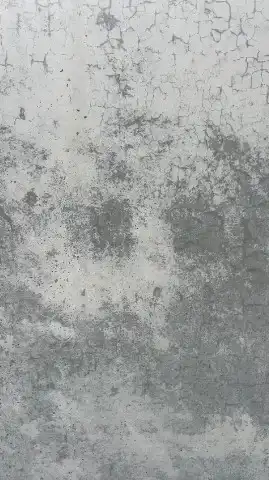Basement Efflorescence Treatment - Complete Guide
Understanding and Eliminating the White Powder on Your Walls
That white, chalky powder on your basement walls isn’t just ugly - it’s your foundation sending you a message. Efflorescence tells you water is moving through your concrete, carrying dissolved minerals that crystallize on the surface. While the powder itself is harmless, what it represents could destroy your foundation.
This guide explains what efflorescence really is, why it appears, and most importantly - how to treat it properly. We’ll cover the difference between removing the symptom (the white powder) and solving the problem (water infiltration). You’ll learn why that “efflorescence remover” at the hardware store is often a waste of money, and what actually works.
Understanding efflorescence is understanding water movement in your foundation - and that knowledge can save you from major structural problems.
What Is Efflorescence?
The Science Behind the White Powder
Simple Definition: Efflorescence is crystallized mineral salts that appear on masonry surfaces when water moves through the material and evaporates, leaving minerals behind.
The Process:
| |
What It’s Made Of:
- Calcium carbonate (most common)
- Calcium sulfate
- Sodium carbonate
- Potassium carbonate
- Magnesium sulfate
- Various other salts
Two Types:
Primary Efflorescence:
- Appears on new concrete
- From excess water in mix
- Usually one-time occurrence
- Normal curing process
- Not concerning
Secondary Efflorescence:
- Appears on older walls
- Indicates water infiltration
- Recurring problem
- Warning sign
- Requires attention
Why Efflorescence Matters
More Than Just Cosmetic
What Efflorescence Tells You:
- Water is moving through your walls
- Hydrostatic pressure exists
- Your foundation is porous
- Minerals are being leached
- Potential structural issues developing
The Hidden Damage: While you see white powder, inside your foundation:
- Minerals washing out weaken concrete
- Freeze-thaw cycles crack structure
- Rebar corrosion accelerates
- Mortar joints deteriorate
- Foundation integrity decreases
Progressive Problem:
| |
Associated Problems:
- Active water infiltration
- High basement humidity
- Mold growth conditions
- Foundation deterioration
- Decreased home value
Identifying Efflorescence
Confirming What You’re Seeing
Visual Characteristics:
- White or grayish powder
- Crystalline appearance
- Fluffy or fuzzy texture
- Concentrated at cracks/joints
- Worse after rain/snow melt
Common Locations:
- Mortar joints (block walls)
- Crack edges
- Floor-wall junction
- Around pipe penetrations
- Below grade exterior
- Chimney bases
Simple Test:
| |
Severity Assessment:
- Light: Thin powder, brushes off easily
- Moderate: Thick deposits, some staining
- Heavy: Crystalline buildup, permanent stains
- Severe: Spalling, structural damage
Temporary Removal Methods
Treating the Symptom (Not the Cause)
Dry Brushing:
- Use stiff bristle brush
- Vacuum dust immediately
- Wear dust mask
- Only removes surface
- Will return
Water Washing:
- Dissolves salts temporarily
- May drive deeper
- Can worsen problem
- Not recommended
- Creates more moisture
Chemical Cleaners:
Mild Acid Solutions:
- Muriatic acid (10-12% solution)
- Phosphoric acid cleaners
- Vinegar (least effective)
- Temporary results only
Application Process:
- Protect surfaces/skin
- Pre-wet wall
- Apply acid solution
- Scrub gently
- Rinse thoroughly
- Neutralize if needed
- Allow complete drying
Commercial Efflorescence Removers:
- Convenient but expensive
- Same acids in fancy bottles
- Temporary solution
- May damage concrete
- Read ingredients carefully
Why Removal Fails: Without stopping water infiltration, efflorescence returns within days or weeks. You’re treating symptoms, not the disease.
Permanent Treatment Solutions
Stopping Efflorescence at the Source
The Only Real Solution: Stop Water Infiltration
Step 1: Exterior Water Management
| |
Step 2: Interior Drainage Systems
- Install French drains at footing
- Add sump pump system
- Create drainage path
- Relieve hydrostatic pressure
- Permanent water management
Step 3: Crack Repair
- Inject cracks with polyurethane
- Seal cold joints
- Repair mortar joints
- Stop direct water entry
- Use proper materials
Step 4: Vapor Barriers
- Reduce moisture migration
- Proper installation critical
- Don’t trap moisture
- Use breathable products
- Part of system approach
Waterproofing Solutions
Comprehensive Approaches
Exterior Waterproofing (Best Solution):
- Excavate to footing
- Clean foundation thoroughly
- Repair all defects
- Apply membrane system
- Install drainage
- Proper backfill
Benefits:
- Stops water at source
- Eliminates efflorescence
- Protects foundation
- Permanent solution
- Adds value
Interior Waterproofing:
- Less disruptive
- Manages water inside
- Includes drainage
- Sump pump required
- Good alternative
Crystalline Waterproofing:
- Penetrates concrete
- Creates waterproof barrier
- Self-healing properties
- Permanent treatment
- Professional application
Prevention Strategies
Stopping Efflorescence Before It Starts
New Construction:
- Proper concrete mix design
- Adequate curing time
- Quality waterproofing
- Good drainage design
- Vapor barriers
Existing Homes:
- Regular maintenance
- Prompt leak repairs
- Manage surface water
- Monitor humidity
- Annual inspections
Landscape Management:
- Grade away from foundation
- Avoid foundation plantings
- Maintain gutters/downspouts
- Control irrigation
- Monitor drainage
Interior Climate Control:
- Maintain 30-50% humidity
- Ensure adequate ventilation
- Run dehumidifiers
- Avoid moisture sources
- Monitor conditions
Treatment Products Analysis
What Works and What Doesn’t
Sealers (Temporary Band-Aid):
- Silicate densifiers
- Acrylic sealers
- Siloxane water repellents
- Trap moisture inside
- May worsen problem
Why Sealers Fail:
| |
Effective Products:
For Cleaning Only:
- Sure Klean No. 600
- Prosoco Safety Klean
- Diedrich 101 Masonry Cleaner
- White vinegar (mild cases)
For Prevention:
- Proper drainage only
- No topical solution works
- Address water source
- System approach required
Products to Avoid:
- “Miracle” sealers
- Paint-on waterproofing
- Interior-only solutions
- Quick fixes
- Anything ignoring water source
Professional vs DIY
When to Call Experts
DIY Appropriate:
- Surface cleaning only
- Minor exterior grading
- Downspout extensions
- Monitoring progression
- Temporary aesthetics
Professional Required:
- Structural cracks
- Recurring efflorescence
- Water infiltration
- Foundation damage
- Comprehensive solutions
Professional Advantages:
- Diagnose root cause
- Comprehensive solutions
- Proper materials
- Warranted work
- Permanent fixes
Cost Comparison:
- DIY cleaning: $50-100 (returns)
- Professional cleaning: $500-1000 (returns)
- Proper waterproofing: $5,000-15,000 (permanent)
- Do nothing: $20,000+ foundation repairs
Health and Safety
Protecting Yourself During Treatment
Safety Equipment:
- Respirator (not dust mask)
- Chemical-resistant gloves
- Safety goggles
- Protective clothing
- Ventilation fans
Chemical Hazards:
- Acid burns
- Respiratory irritation
- Eye damage
- Skin sensitization
- Environmental concerns
Disposal Requirements:
- Neutralize acids
- Contain washwater
- Follow local regulations
- Protect storm drains
- Document disposal
Health Considerations:
- Efflorescence itself non-toxic
- Dust irritates lungs
- Acids very dangerous
- Mold often present too
- Professional PPE recommended
Long-Term Monitoring
Tracking Progress or Problems
Documentation:
- Photograph monthly
- Mark affected areas
- Measure spread
- Note weather correlation
- Track treatments tried
Warning Signs:
- Rapid spread
- Color changes
- Spalling begins
- Cracks widening
- Water visible
When to Act:
- New efflorescence appears
- Cleaning frequency increases
- Structural signs
- Water infiltration
- Professional evaluation needed
Success Indicators:
- No new deposits
- Existing fades
- Walls stay dry
- Humidity controlled
- Problem solved
Case Studies
Real-World Examples
Case 1: Block Foundation - Recurring Problem
- Issue: Heavy efflorescence, monthly cleaning
- Cause: Poor exterior drainage
- Solution: Regrading, downspout extension
- Cost: $1,500
- Result: 90% reduction immediately
Case 2: Poured Concrete - Structural Concern
- Issue: Efflorescence with spalling
- Cause: Foundation cracks, high water table
- Solution: Crack injection, interior drainage
- Cost: $8,000
- Result: Complete elimination
Case 3: Stone Foundation - Century Home
- Issue: Severe mineral deposits
- Cause: No waterproofing, deteriorated mortar
- Solution: Repointing, exterior membrane
- Cost: $15,000
- Result: Foundation saved, efflorescence gone
Myths and Misconceptions
Setting the Record Straight
Myth: “Efflorescence damages concrete” Truth: It’s a symptom. The water causing it damages concrete.
Myth: “Sealing stops efflorescence” Truth: Sealing without drainage often worsens the problem.
Myth: “It’s just cosmetic” Truth: It indicates potentially serious water issues.
Myth: “Vinegar removes it permanently” Truth: Any cleaner is temporary without addressing water.
Myth: “New construction shouldn’t have it” Truth: Primary efflorescence on new concrete is normal.
Myth: “Painting solves the problem” Truth: Paint traps moisture, causing more damage.
Action Plan
Your Step-by-Step Approach
Immediate Actions:
- Document current condition
- Check exterior drainage
- Fix obvious water sources
- Monitor progression
- Avoid sealers
Short-Term (1-3 months):
- Improve grading
- Extend downspouts
- Clean gutters
- Repair visible cracks
- Professional assessment
Long-Term Solution:
- Comprehensive evaluation
- Address all water sources
- Implement drainage
- Professional waterproofing
- Ongoing maintenance
Budget Planning:
- Emergency fund: $500
- Exterior improvements: $2,000
- Professional waterproofing: $10,000
- Total investment: $12,500
- Protected asset: Your home
The Bottom Line
Key Takeaways
Efflorescence = Water Problem That white powder is proof water moves through your foundation. Cleaning it without stopping water is futile.
No Topical Solution Works Despite marketing claims, no sealer or coating permanently stops efflorescence without addressing water infiltration.
Proper Treatment Requires:
- Stop water at source
- Manage drainage properly
- Repair entry points
- Control interior moisture
- Monitor continuously
Investment Perspective:
- Ignore it: Major foundation damage
- Band-aid it: Waste money repeatedly
- Fix it right: Permanent solution
Final Advice: Don’t let efflorescence be your foundation’s cry for help that goes unanswered. That white powder is early warning of water damage. Address it properly now, or pay exponentially more later.
Get Professional Help
Schedule Your Free Efflorescence Assessment
Stop Efflorescence Permanently
Expert diagnosis and guaranteed solutions for white powder on your basement walls
Efflorescence treatment isn’t about removing white powder - it’s about stopping water infiltration. Focus on the cause, not the symptom, and you’ll protect your foundation for decades to come.
